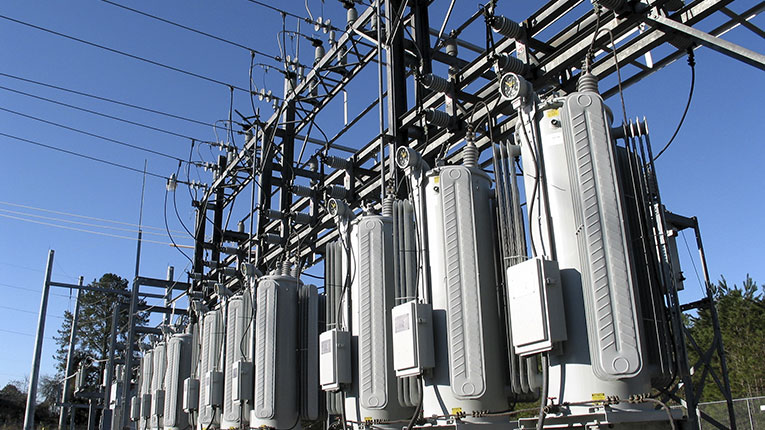Primary energy consumption in the European Union fell significantly in 2020 to 1,230 million tonnes of oil equivalent (Mtoe), 5.8% more than the 2020 energy efficiency target, according to data released by the European Statistical Office (Eurostat) on Tuesday.
However, it is still 9.6% lower than the 2030 energy efficiency target, which means further efforts to improve efficiency in the coming years are needed.
Compared to the 2017-2019 average, primary energy consumption decreased in all EU Member States, with the most severe decline being in Estonia (21.2%), Spain (14.8%) and Cyprus (13.4%), while Lithuania (0.7%), Hungary (2.5%) and Romania (4.5%) reported the smallest reductions, according to Agerpres.
The same trend is recorded in terms of final energy consumption in EU Member States, compared to the average for 2017-2019. The most severe decline was in Malta (17.4%), Cyprus (15.9%) and Spain (14.2%), and the smallest reductions were in Romania (0.3%), Hungary (2.9%). %) and Sweden (2.9%).
In 2020, as a result of the pandemic, energy consumption in the European Union reached its lowest level since 1990 (the first year for which data are available). In 2006, primary energy consumption in the European Union reached a record high of 15.1% above the 2020 energy efficiency target, and final energy consumption was 9% higher than the 2020 energy efficiency target.
Compared to the 2017-2019 average, primary energy consumption fell by 9.9% in the EU and final consumption by 8.4%, mainly due to restrictions imposed in 2020 to stop the spread of the COVID-19 pandemic.
